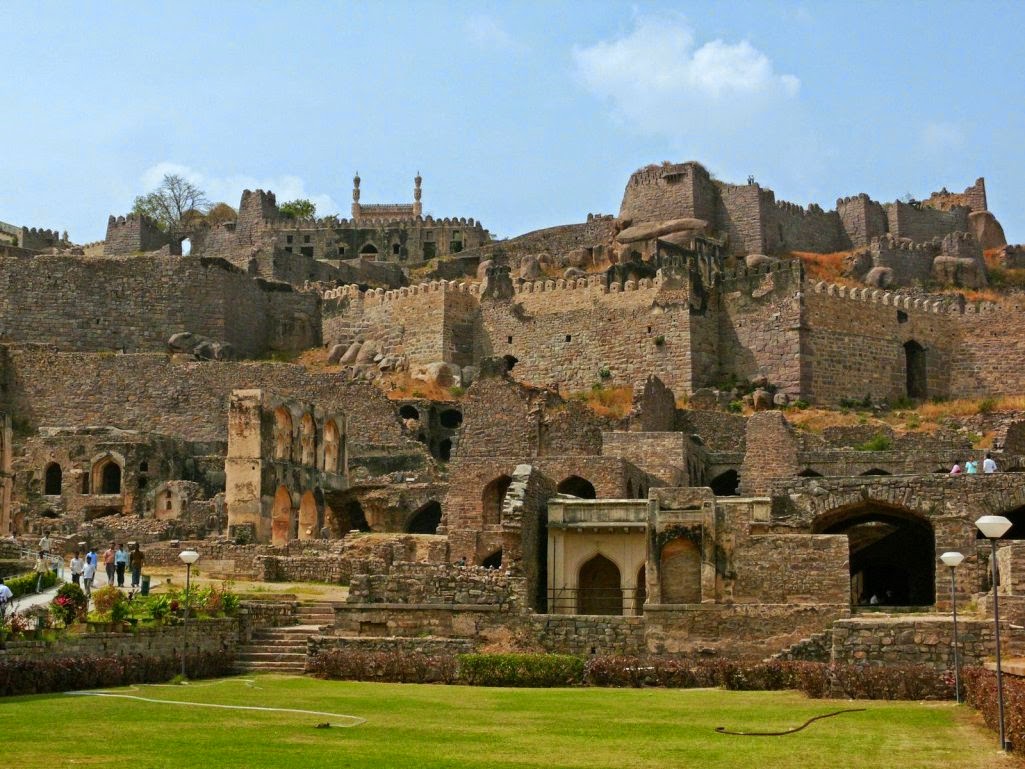The Golkonda Fort, also referred to as Golconda or Golla Kunda is a famous structural wonder located a few miles away from the city of Hyderabad, in the state of Telangana. It has been listed as one of the most important monuments by the Archaeological Survey of India and is indeed one of the largest forts ever built in the history of India.
The fort was first constructed and reconstructed several times, and as a result, has quite a complicated history as its ownership passed from one dynasty to the other:
• It was first built on a small scale by the Kakatiya Dynasty of Warangal as a part of their western defenses along Kondapalli Fort.
• Then it was strengthened and further built in the 13th century by Rudramma Devi and her son Prataparudra.
• Soon after, it came under the control of Musunuri Nayaks, who after being defeated in a battle, ceded the fort to the Bahamani Dynasty of the Deccan region.
• In the year 1538, Quli Qutb Shah was sent to Golkonda as a governor and soon he established his own Qutb Shahi dynasty centered around this great fort.
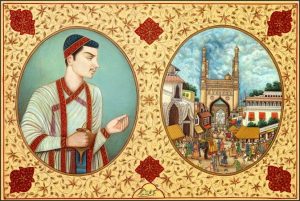
The three generations of the Qutb Shahi dynasty reigned here and spanning a period of approximately 60 years, the Golconda fort underwent severe reconstruction after which the small mud fort emerged as an enormous and massive granite structure with a 5km boundary circumference and remained the capital of the dynasty until it was shifted to Hyderabad.
According to Wikipedia, Golkonda actually consists of four distinct forts with a 10 km long outer wall with 87 semi-circular bastions (some still mounted with cannons), eight gateways, and four drawbridges, with a number of royal apartments and halls, temples, mosques, magazines, stables, etc. inside.
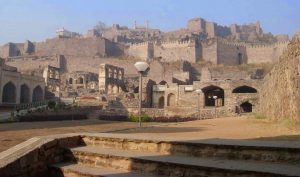
The whole of the Golkonda Fort complex and its surrounding spreads across 11 km of total area and discovering its every nook is an arduous task.
The main attractions of the fort usually visited by tourists are:
The Fateh Darwaza, or the victory gate, which stands at the outermost enclosure and provides an awe-inspiring musical effect on being tapped at different places. On being tapped, the sound is heard at the Bala-Hisar pavilion almost a kilometer away.
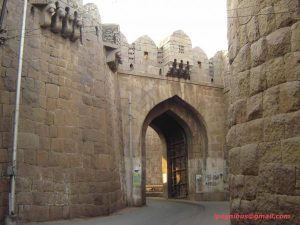
The Bala Hisar Gate at the east entrance of the fort with beautifully delicate architecture in a mix of Hindu and Islamic architectural styles.
The tombs of Qutb Shahi kings are also very ornate and are great instances of Islamic style of architecture.
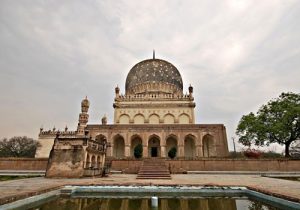
The gardens in the fort area are indeed a sight for sore eyes, and still, retain the great planning and graceful execution of the yesteryear architects of the fort.
Some other common structures inside the building include Rahban Cannon, Taramati mosque, Baradari and the Mortuary Bath.
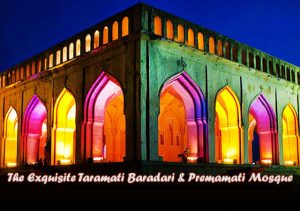
The Fort was also famous for having once held the most amazing and notorious diamonds of the East such as the Koh-i-Noor and the Hope diamond, and a few others.
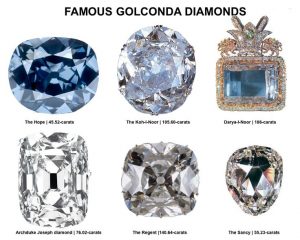
Charm and mystery lie in abundance in all corners of the fort, and some of the constructions are indeed capable of giving goose-bumps by their instances on how developed Indian architecture had once become. The fort is now open to visitors all year round and should be at the top of your must-watch list if you so choose to visit Hyderabad.
– Ruchira Dhar

